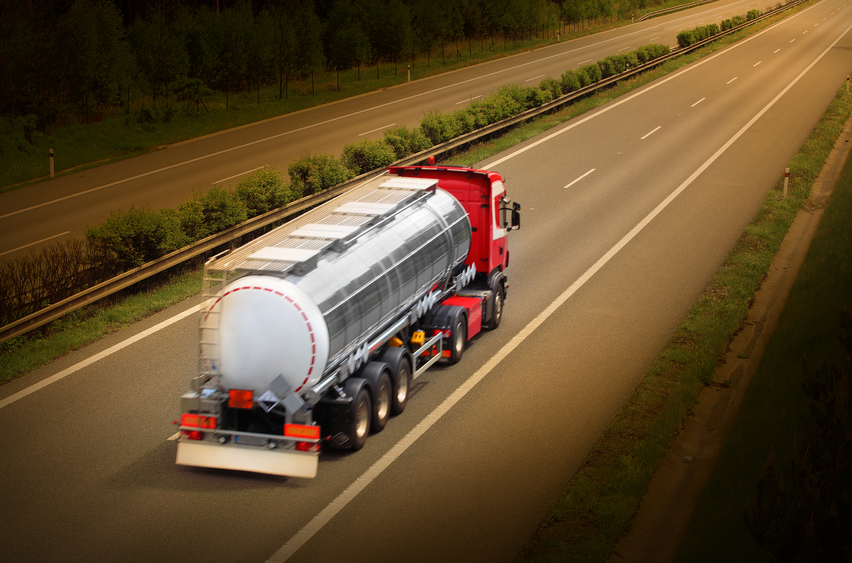Shipping certain pharmaceuticals is getting a bit easier now that the U.S. Department of Transportation’s (DOT) Pipeline and Hazardous Materials Safety Administration (PHMSA) has been issuing special permits for take-back drugs. Yesterday we reviewed how PHMSA’s special permits work and looked at the general requirements DOT-SP 20255 for take-back drugs. Today we will talk about the packaging requirements for shippers and carriers who want to take advantage of DOT’s special permit for take-back drugs.
 |
Note: SP 20255 is for the highway and rail shipments of liners that contain the materials collected under drug take-back programs authorized by the Drug Enforcement Administration (DEA).
Packaging requirements
Under SP 20255, there are packaging requirements for inner and outer packagings and weight limitations. These shipments are exempt from DOT’s marking requirements for special permits.
Inner packagings refer to liner bags that must meet the combined DEA and DOT requirements. These requirements are:
- For the DEA:
- An inner liner must be waterproof, tamper-evident, and tear-resistant;
- An inner liner must be removable and sealable immediately upon removal without emptying or touching the contents;
- The contents of the inner liner may not be viewable from the outside when sealed;
- The size of the inner liner must be clearly marked on the outside of the liner (e.g., 5-gallon, 10-gallon, etc.);
- The inner liner must have a permanent, unique identification number that enables the inner liner to be tracked;
- Access to the inner liner is restricted to employees of the collector.
- The inner liner must be sealed by two employees immediately upon removal from the permanent outer container and the sealed inner liner may not be opened, x-rayed, analyzed, or otherwise penetrated.
- For the DOT, inner liner bags must be plastic film bags or must be further packaged in plastic film bags that meet these requirements for inner packagings for regulated medical waste that are solids. Waste material containing absorbed liquid may be packaged as a solid in a plastic film bag if the bag contains sufficient absorbent material to absorb and retain all liquid during transportation.
- The film bag may not exceed a volume of 46 gallons. The film bag must be marked and certified by its manufacturer as having passed the tests prescribed for tear resistance in the American Society for Testing and Materials (ASTM) D 1922, and for impact resistance in ASTM D 1709. The film bag must meet an impact resistance of 165 grams (5.82 ounces) and a tearing resistance of 480 grams (16.9 ounces) in both the parallel and perpendicular planes with respect to the length of the bag.
- The film bag must be closed with a minimum of entrapped air to prevent leakage in transportation. The bag must be capable of being held in an inverted position with the closed end at the bottom for a period of 5 minutes without leakage.
Outer packagings must be strong and made of either fiberboard, plastic or metal. Completed packages must be capable of meeting DOT performance measures for Packing Group II (i.e., those hazardous materials that present a medium danger). Multiple inner packagings may be placed in an outer packaging.
The total weight of the packaging and its contents may not exceed 66 pounds.
If you are in the business of transporting hazardous materials, check Enviro.BLR.com for webinars, guidance, and compliance and training tools to round out your hazmat compliance program.
